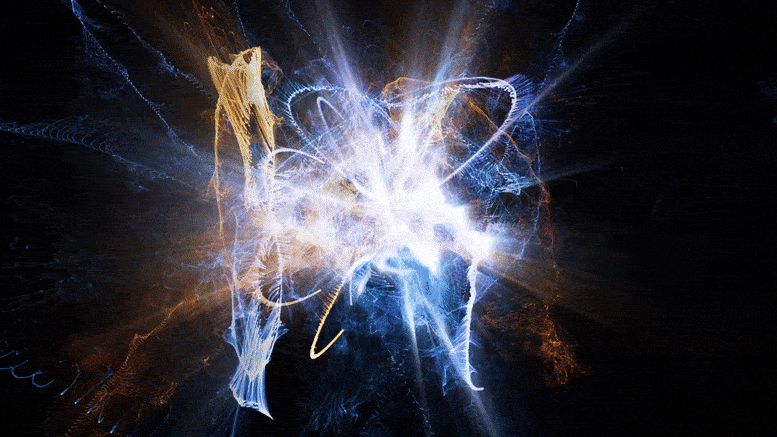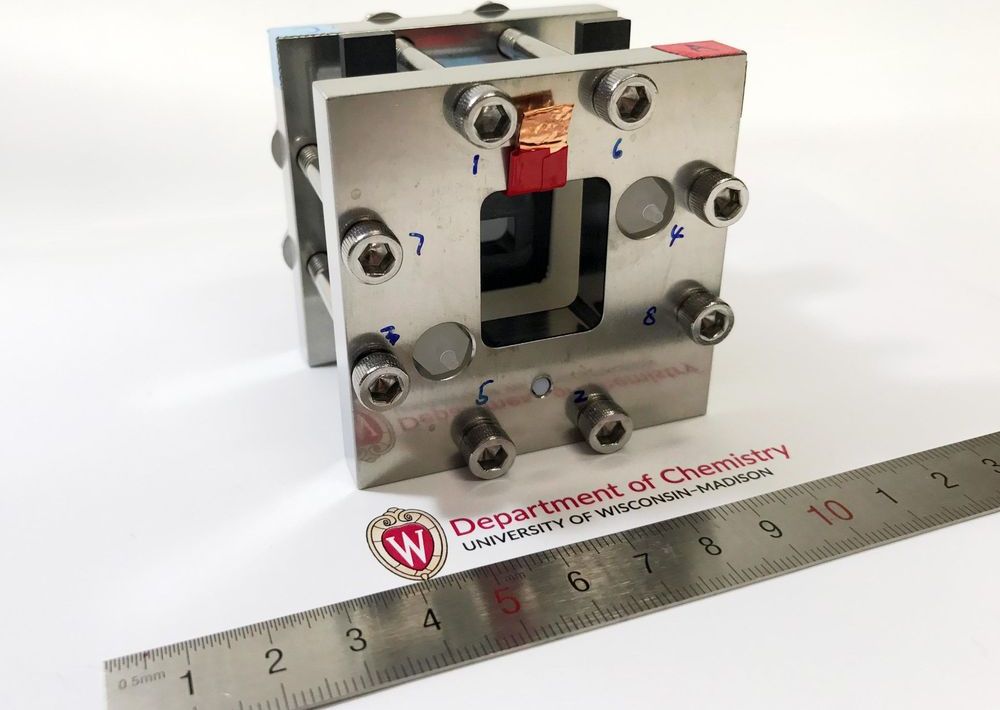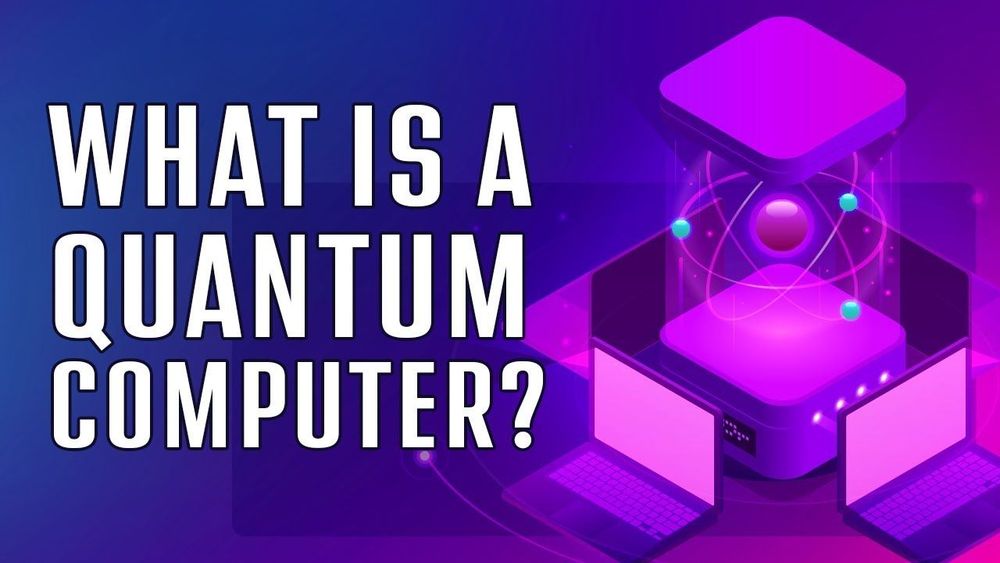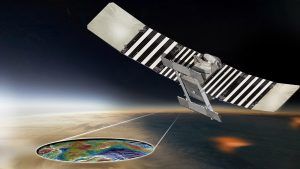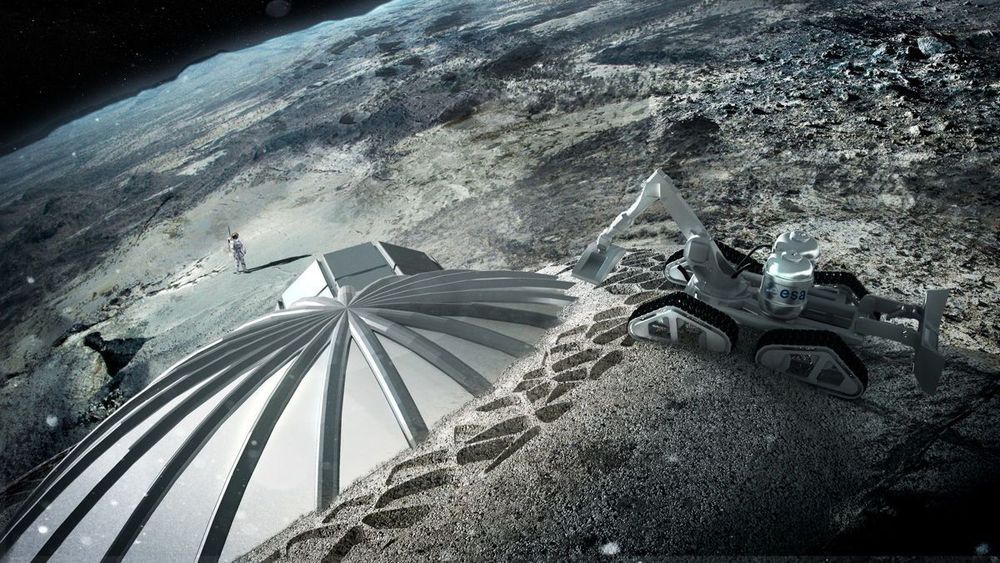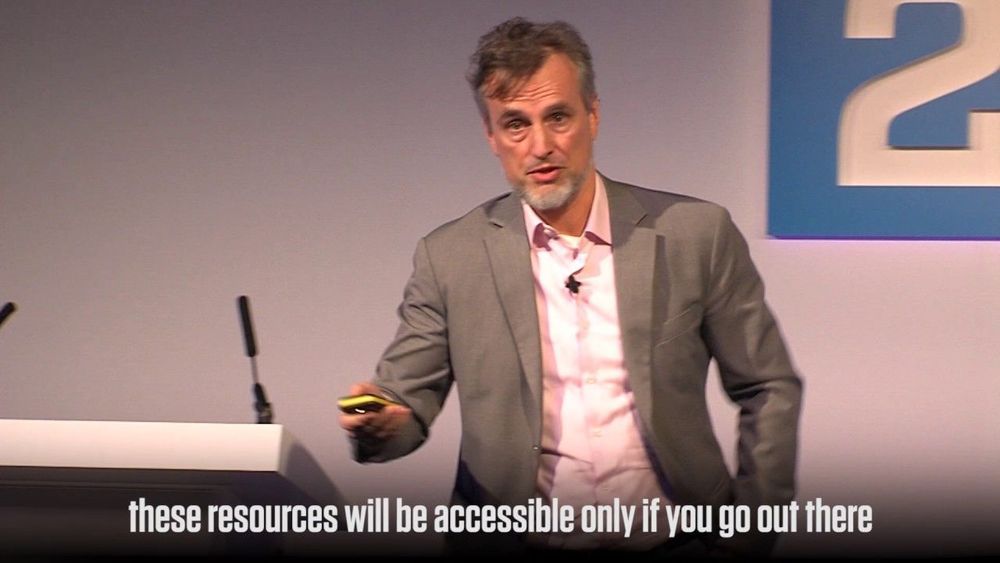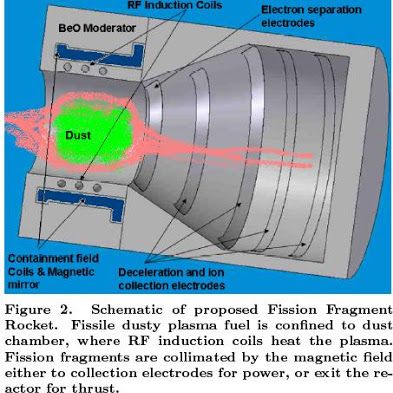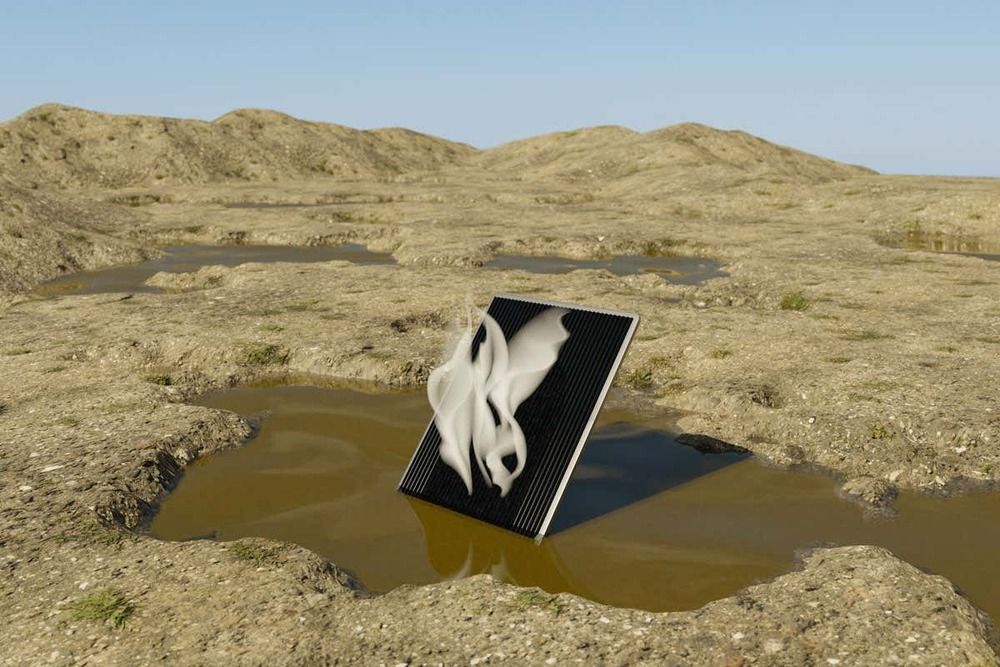Jul 13, 2020
Underground CUPID-Mo Experiment in Search for Theorized ‘Neutrinoless’ Particle Process
Posted by Quinn Sena in categories: materials, particle physics
Berkeley Lab researchers are part of an international team that reports a high-sensitivity measurement by underground CUPID-Mo experiment.
Nuclear physicists affiliated with the U.S. Department of Energy’s Lawrence Berkeley National Laboratory (Berkeley Lab) played a leading role in analyzing data for a demonstration experiment that has achieved record precision for a specialized detector material.
The CUPID-Mo experiment is among a field of experiments that are using a variety of approaches to detect a theorized particle process, called neutrinoless double-beta decay, that could revise our understanding of ghostly particles called neutrinos, and of their role in the formation of the universe.
